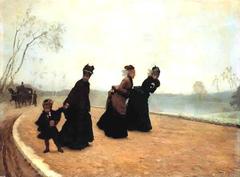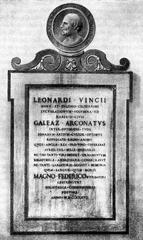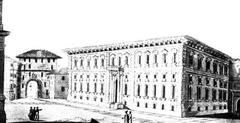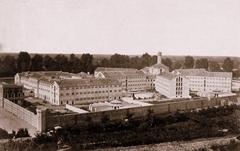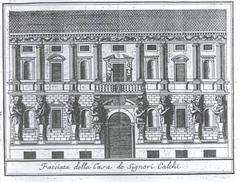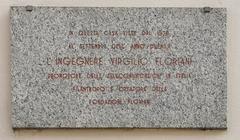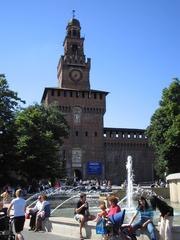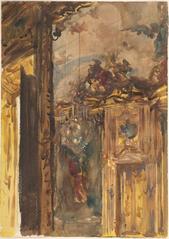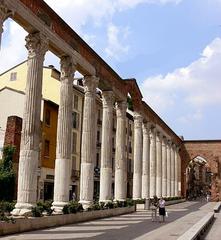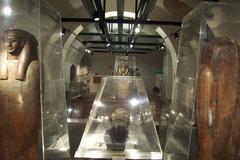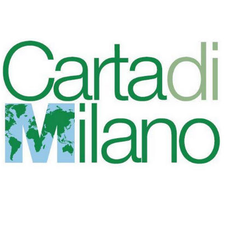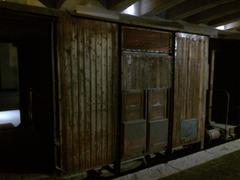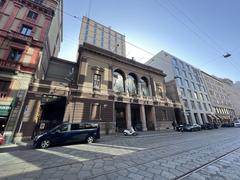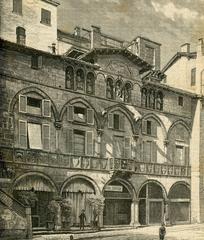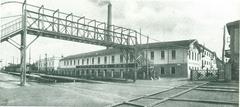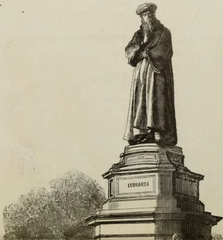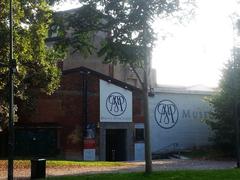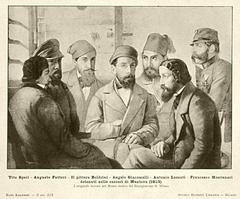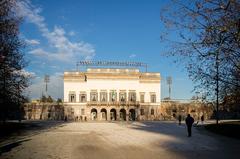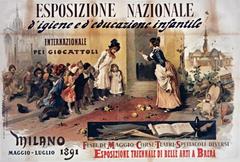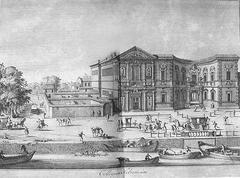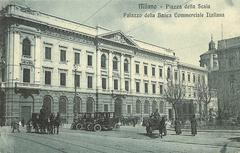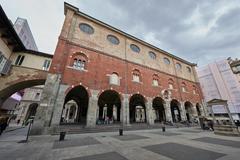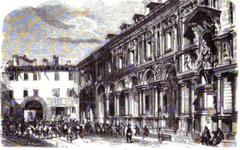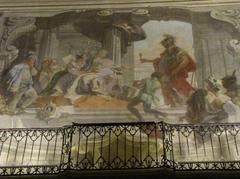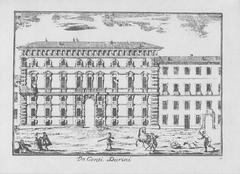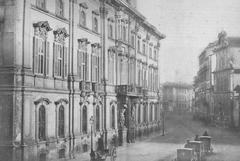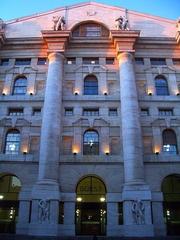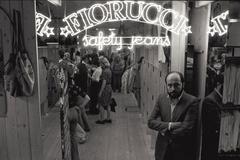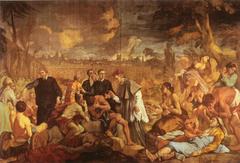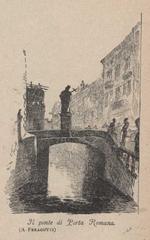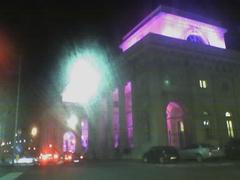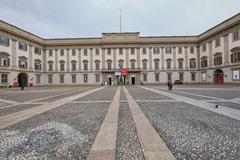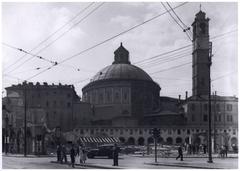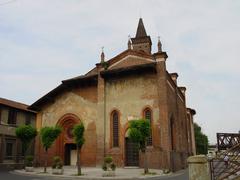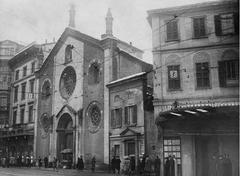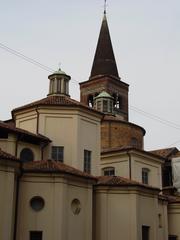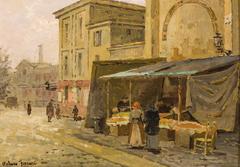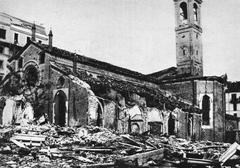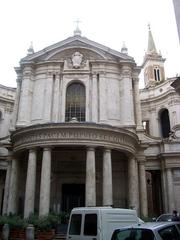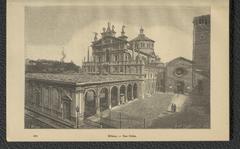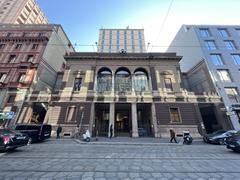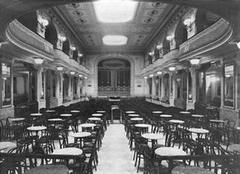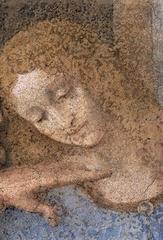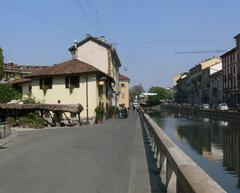Visiting Villa Ghirlanda Silva in Milan: History, Tickets, and Tips
Date: 01/08/2024
Introduction
Villa Ghirlanda Silva, situated in Cinisello Balsamo, just north of Milan, Italy, is a historic villa that captures the essence of Italian heritage through its rich history, stunning architecture, and vibrant cultural activities. Originally constructed in 1660 by the Ghirlanda family, the villa has undergone numerous transformations, reflecting the socio-economic and cultural shifts of the region over centuries. This guide aims to provide potential visitors with a comprehensive understanding of the villa’s historical significance, architectural marvels, and practical information for planning a visit. From the Baroque origins to the Neoclassical renovations by the Silva family, and the stunning gardens that blend Italian Renaissance and English landscape styles, Villa Ghirlanda Silva is a testament to the evolving architectural and cultural landscapes of Italy (Wikipedia, Rete Giardini Storici).
Table of Contents
History of Villa Ghirlanda Silva
Origins and Early History
Villa Ghirlanda Silva, located in Cinisello Balsamo, a suburb of Milan, Italy, is a historic villa with roots tracing back to the 17th century. The villa was originally constructed in 1660 by the noble Ghirlanda family, who were prominent figures in the region. The architectural design of the villa reflects the Baroque style, which was prevalent during that period. The Ghirlanda family used the villa as a summer residence, taking advantage of its serene location away from the bustling city of Milan.
Architectural Evolution
Over the centuries, Villa Ghirlanda Silva underwent several modifications and expansions. In the 18th century, the villa was significantly renovated by the Silva family, who acquired it through marriage. The Silvas were instrumental in transforming the villa into a more luxurious and elaborate estate. They added new wings, expanded the gardens, and commissioned frescoes and other artworks to adorn the interiors. The villa’s architecture evolved to incorporate elements of Neoclassicism, which was gaining popularity at the time.
The Gardens
One of the most notable features of Villa Ghirlanda Silva is its extensive gardens. The gardens were initially designed in the Italian Renaissance style, characterized by geometric layouts, symmetrical patterns, and the use of water features such as fountains and ponds. In the 19th century, the gardens were redesigned in the English landscape style, which emphasized naturalistic elements, winding paths, and a more informal layout. The gardens became a key attraction of the villa, drawing visitors who were eager to experience their beauty and tranquility.
Cultural Significance
Villa Ghirlanda Silva holds significant cultural importance due to its association with prominent historical figures and events. During the 19th century, the villa hosted numerous cultural and social gatherings, attracting artists, writers, and intellectuals from across Italy and Europe. The villa’s salons and gardens served as venues for concerts, literary readings, and art exhibitions, contributing to the cultural vibrancy of the region.
World War II and Post-War Period
The villa’s history took a dramatic turn during World War II. In 1943, the villa was requisitioned by the German army and used as a military headquarters. This period marked a time of hardship and neglect for the villa, as it suffered damage and deterioration. After the war, the villa was abandoned for several years, leading to further decline.
In the post-war period, efforts were made to restore and preserve Villa Ghirlanda Silva. The villa was eventually acquired by the Municipality of Cinisello Balsamo, which undertook extensive restoration work to return the villa to its former glory. The restoration efforts focused on preserving the villa’s historical and architectural integrity while making it accessible to the public.
Modern Era and Current Use
Today, Villa Ghirlanda Silva serves as a cultural and community center. The villa and its gardens are open to the public, offering a glimpse into the region’s rich history and heritage. The villa hosts a variety of events, including art exhibitions, concerts, and educational programs. It also houses the Museum of Contemporary Photography, which features a collection of works by Italian and international photographers.
The villa’s gardens continue to be a major attraction, providing a peaceful retreat for visitors. The gardens are meticulously maintained and feature a diverse array of plant species, sculptures, and water features. The villa and its gardens are also popular venues for weddings and other private events.
Preservation and Conservation Efforts
Preserving Villa Ghirlanda Silva is an ongoing effort that involves collaboration between local authorities, conservation experts, and the community. The villa is recognized as a cultural heritage site, and various initiatives have been undertaken to ensure its preservation for future generations. These efforts include regular maintenance, restoration projects, and public awareness campaigns.
In recent years, there has been a growing emphasis on sustainable conservation practices. This includes the use of environmentally friendly materials and techniques in restoration work, as well as initiatives to promote biodiversity in the villa’s gardens. The goal is to balance the preservation of the villa’s historical and architectural significance with the need to protect the environment.
Notable Artworks and Interior Design
The interior of Villa Ghirlanda Silva is adorned with a variety of artworks and decorative elements that reflect its rich history. The villa’s rooms feature frescoes, stuccoes, and paintings created by renowned artists of the 17th and 18th centuries. These artworks depict scenes from mythology, history, and everyday life, providing insight into the cultural and artistic trends of the time.
One of the most notable rooms in the villa is the Sala degli Specchi (Hall of Mirrors), which is decorated with elaborate mirrors and frescoes. The room was designed to create an illusion of space and light, enhancing the villa’s grandeur and elegance. Other notable rooms include the Sala della Musica (Music Room) and the Sala delle Feste (Banquet Hall), both of which were used for social gatherings and entertainment.
Historical Research and Documentation
Research and documentation play a crucial role in the preservation and interpretation of Villa Ghirlanda Silva’s history. Historians, archaeologists, and art historians have conducted extensive studies to uncover the villa’s past and understand its significance. These studies have involved archival research, architectural analysis, and the examination of artworks and artifacts.
The findings from these studies have been published in various books, articles, and exhibition catalogs, contributing to the broader knowledge of the villa’s history. The villa also serves as a site for academic research and educational programs, providing opportunities for students and scholars to engage with its history and heritage.
Community Engagement and Education
Engaging the community and promoting education are key aspects of Villa Ghirlanda Silva’s mission. The villa offers a range of educational programs and activities for visitors of all ages. These include guided tours, workshops, lectures, and interactive exhibits that explore the villa’s history, architecture, and gardens.
The villa also collaborates with local schools and universities to provide educational opportunities for students. These collaborations include field trips, internships, and research projects that allow students to gain hands-on experience in the fields of history, art, and conservation.
Visitor Information
Ticket Prices and Opening Hours
Villa Ghirlanda Silva is open to the public from Tuesday to Sunday. The visiting hours are from 10:00 AM to 6:00 PM. Tickets can be purchased at the entrance or online through the villa’s official website. The ticket prices are as follows:
- Adults: €10
- Students and Seniors: €7
- Children under 12: Free
How to Get There
Villa Ghirlanda Silva is easily accessible by public transportation and car. If you are traveling from Milan, you can take the M1 metro line to Sesto 1 Maggio station and then transfer to bus 727, which stops near the villa. For those driving, there is ample parking available near the villa.
Nearby Attractions
While visiting Villa Ghirlanda Silva, consider exploring other nearby attractions in Cinisello Balsamo and Milan. Some notable sites include:
- The Duomo di Milano
- Sforza Castle
- Parco Nord Milano
- Museo di Fotografia Contemporanea (Museum of Contemporary Photography)
Accessibility
Villa Ghirlanda Silva is committed to providing an inclusive experience for all visitors. The villa is wheelchair accessible, and there are amenities such as ramps and elevators to facilitate movement within the premises. For visitors with visual or hearing impairments, guided tours and informational materials are available upon request.
FAQ
Q: What are the visiting hours of Villa Ghirlanda Silva?
A: The villa is open to the public from Tuesday to Sunday, from 10:00 AM to 6:00 PM.
Q: How much does it cost to visit Villa Ghirlanda Silva?
A: Ticket prices are €10 for adults, €7 for students and seniors, and free for children under 12.
Q: Is Villa Ghirlanda Silva accessible for visitors with disabilities?
A: Yes, the villa is wheelchair accessible, and there are amenities such as ramps and elevators to facilitate movement within the premises.
Q: Are there guided tours available at Villa Ghirlanda Silva?
A: Yes, guided tours are available and can be booked in advance through the villa’s official website.
Conclusion
Villa Ghirlanda Silva stands as a remarkable testament to the rich history and cultural heritage of the Milan region. Its journey from a 17th-century noble residence to a modern-day cultural center encapsulates the enduring legacy of Italian architecture and artistry. The villa, with its meticulously maintained gardens, historical artworks, and vibrant cultural events, offers visitors a unique glimpse into the past while engaging them in contemporary cultural experiences. Efforts by local authorities and conservation experts ensure that this historical gem continues to inspire and educate future generations. Whether you are a history enthusiast, an architecture lover, or simply looking for a serene retreat, Villa Ghirlanda Silva provides a multifaceted experience that is not to be missed (Wikipedia, Rete Giardini Storici). For more information and updates, follow Villa Ghirlanda Silva on social media or visit their official website. Download the Audiala mobile app for a virtual tour and stay connected with the latest events and exhibitions.
References
- Wikipedia contributors. (2023). Villa Ghirlanda Silva Cipelletti. Wikipedia, The Free Encyclopedia. source url
- Rete Giardini Storici. (n.d.). Cinisello Balsamo. source url

